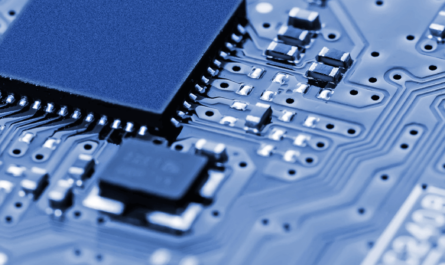A solar simulator, also known as an artificial sun, is a device that simulates the spectral distribution of the sunlight for photovoltaic (PV) module performance testing. It allows researchers and manufacturers to test PV modules without actual sunlight present. Put simply, it is a machine that replicates sunlight so solar panels can be tested indoors. Sun simulators use a stable high-intensity light source like xenon arc lamps, metal halide lamps or LEDs to simulate sunlight. The light output of these lamps is filtered and concentrated to match the spectral distribution of the sun. They enable testing of PV modules under controlled laboratory conditions to determine key performance parameters like current, voltage, efficiency and power output.
Key Components of a Sun Simulators
A sun simulators comprises of four main components – light source, power supply, spectral filters and concentrating optics. The light source is usually an arc lamp that produces light energy. It requires a power supply to provide stable current for continuous lamp operation. Spectral filters are used to modify the spectral output of the lamp to mimic the solar spectrum. Concentrating optics such as elliptical reflectors collect and focus the lamp output to uniformly illuminate the test sample. The irradiance level or light intensity can be adjusted by changing the input power to the lamp. Computer control and radiometric calibration help maintain standard test conditions for accurate performance evaluation of PV technologies.
Importance of Sun Simulators in PV Industry
Global Solar Simulator play an indispensable role in photovoltaic research and manufacturing. They allow PV module performance evaluation under standard test conditions (STC) of 1000W/m2 irradiance, 25°C cell temperature and air mass 1.5 global (AM1.5G) spectrum without real sunlight. This facilitates year-round indoor testing and accelerated lifetime testing of solar panels. Module I-V curves, efficiency, power rating and other key electrical parameters can be measured. Manufacturers rely on sun simulators for quality control and certification of PV products according to international standards like IEC 61215, IEC 61646 and UL 1703. Researchers make use of simulated sunlight for material development, prototype testing and performance studies under various light spectra and operating conditions. Sun simulators thus accelerate solar cell/module research, development, production and global deployment of renewable energy solutions.
Thermal Load Testing of Solar Panels
Besides electrical measurements, sun simulators find application in thermal load testing of PV modules. Realistic simulation of solar irradiance enables monitoring of module temperature and identification of potential hot spots during operation. Manufacturers perform various thermal cycling and damp heat tests using sun simulators to validate the long-term reliability and durability of solar panels under different climates. This helps improve module design and eliminate potential field failures. Sun simulators aid in studying the effect of high temperatures on solar cell performance parameters, polymer encapsulants, interconnecting ribbons and other components. Thermally validated modules ensure maximum power generation throughout the module lifetime even under harsh operating conditions.
Factors Impacting Test Accuracy of Solar Simulators
While sun simulators revolutionized PV testing, certain factors can impact test accuracy to some degree. The luminous intensity, spectrum and uniformity of simulated sunlight must precisely match real outdoor conditions. Drift in lamp intensity and spectral mismatch over time may distort test results compared to field performance. Improper light collimation can cause non-uniform irradiance across the test sample. Variations in incident light angle from the adjusted standard should also be negligible. Thermal effects of concentrated radiation need effective management. Moreover, frequent radiometric calibration against reference cells is necessary to mitigate measurement errors. Adherence to standard test protocols and high-quality simulator systems help maximize test validity for reliable testing and evaluation.
Next-Generation Sun Simulators Technologies
With advancing photovoltaic technology, sun simulators are also progressing to meet future requirements. Introduction of new illuminants like LEDs provide stability, longevity, quick switching and programmable spectral tuning compared to conventional arc lamps. Homogenization designs ensure more precise light uniformity over large test areas for modules sizes. Thermal regulation maintains tighter control over module temperature. Xenon-free simulators eliminate hazardous gas usage. Sun simulators integrated with climate chambers realize full multi-stress testing under controlled ambient conditions. Quantum dots and nano-materials based spectral adjustment broadens test flexibility. Automation and internet connectivity enable remote operation and data monitoring. With continuous innovations, sun simulators will keep pace in optimizing PV technology development, manufacturing improvements and deployments worldwide.
A solar simulator is a vital equipment that enables crucial indoor performance evaluation of photovoltaic modules under simulated solar irradiation conditions. It has revolutionized solar cell/module testing, research and manufacturing endeavors globally by facilitating cost-effective year-round testing without real sunlight. While advancements continue, maintaining test standards and quality systems remain critical for obtaining reliable results from sun simulators. Going forward, next-gen sun simulators promise even more comprehensive multi-stress testing capabilities in partnership with emerging PV technologies to accelerate renewable energy adoption
*Note:
1. Source: Coherent Market Insights, Public sources, Desk research
2. We have leveraged AI tools to mine information and compile it




